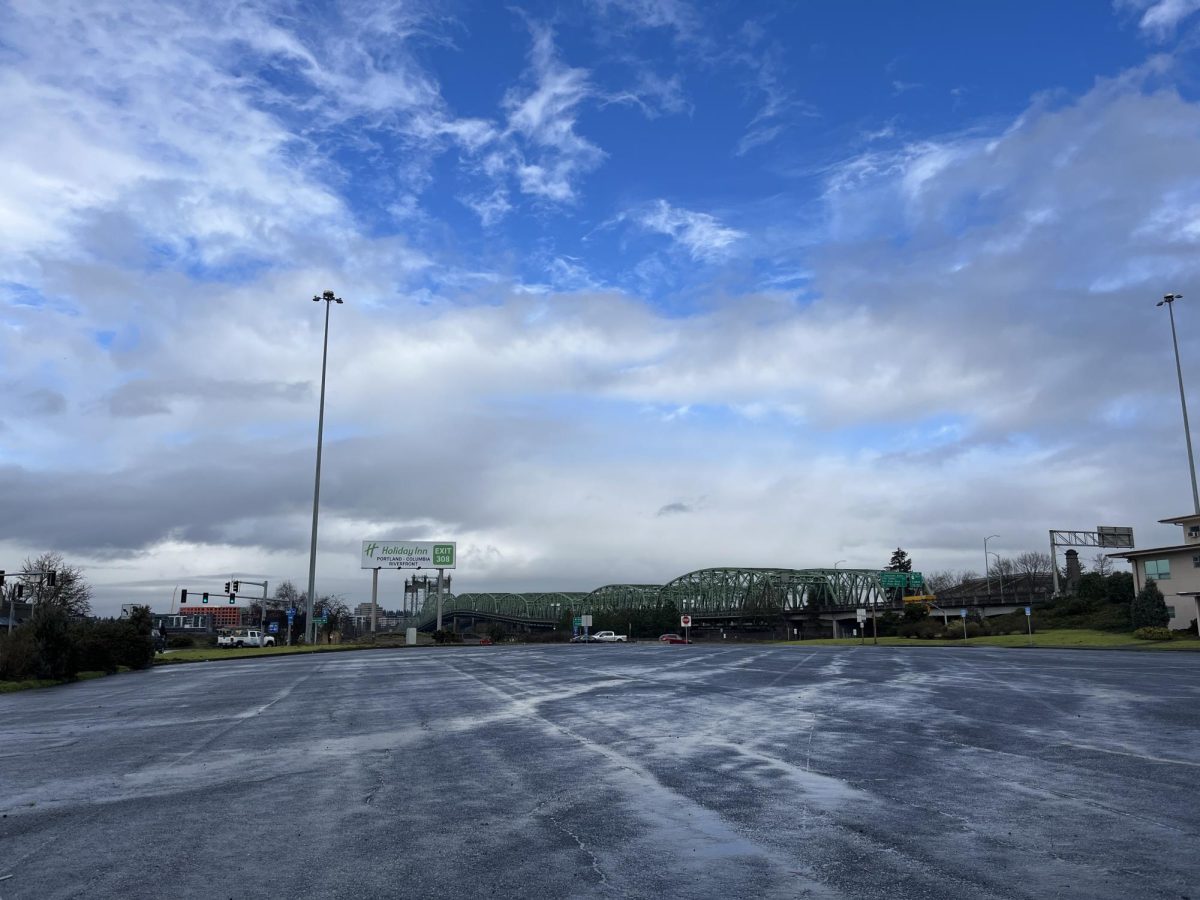The Interstate Bridge Replacement (IBR) program is working to rebuild Portland and Vancouver’s Interstate, or I-5, Bridge. The bridge opened for the first time in 1917 and opened a second side of the bridge to carry southbound traffic in 1958. In a press conference, the program leaders stated that 143,000 vehicles cross the bridge each day, which results in ten hours of traffic congestion daily, in addition to increased car accidents and greenhouse gas emissions.
The new bridge, which will be built west of the current bridge, will include sidewalks that are Americans with Disabilities Act (ADA) compliant for pedestrians and bikers, and a light rail that traverses the bridge and connects to transit systems in both Portland and Vancouver.
The construction of the new bridge is planned to start in September of 2026. The money for construction is coming from both Oregon and Washington state governments and grants, and is projected to cost around six billion dollars according to Oregon Public Broadcasting (OPB).
Greg Johnson, the IBR program administrator, states that the environment is one of the program’s key priorities. The goal is to lessen the effects of traffic on the environment, and materials for the project will be sourced locally.
“The IBR program joins local and regional partners in the goal of reducing greenhouse gas emissions to lessen the effects of climate change,” wrote Johnson in an email. “The infrastructure proposed by the IBR program is one piece of a larger solution that needs cooperation of all agency partners, individuals and private businesses to succeed.”
The IBR program is also focused on equity-priority communities, as they have been historically marginalized in large transportation infrastructure projects. Equity-priority communities include people of color, people with disabilities, low income families, immigrants and refugees and senior citizens. I-5 was built in the predominantly Black Albina neighborhood in NE Portland, displacing hundreds of Black families and businesses in the 1960s.
The IBR program is looking to give these communities a voice in the project regarding economic and transportation advantages.
Dr. Roberta Hunte, IBR’s Equity Advisory Group (EAG) facilitator, helps make decisions that involve equity-priority communities.
“The amount of effort that people are putting into thinking about equity and committing to acting with that in mind is a major milestone,” said Hunte in a fact sheet focusing on equity.


Bradley Fields • Mar 15, 2024 at 8:32 am
Is it really going to relieve the traffic jams that occur daily??? I don’t think so from what I’ve seen so far.